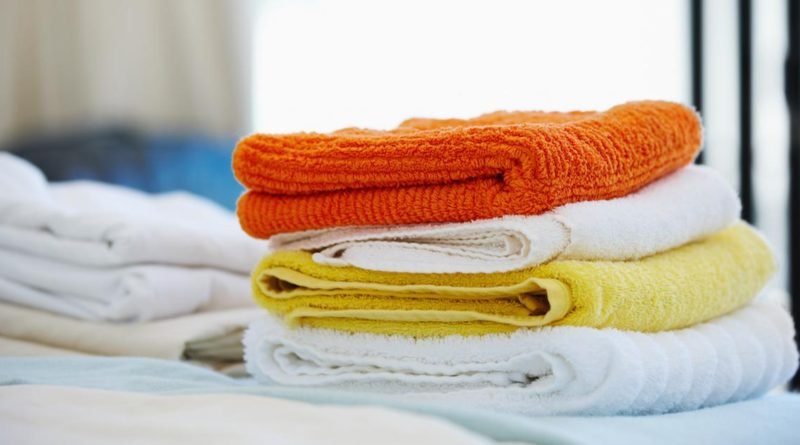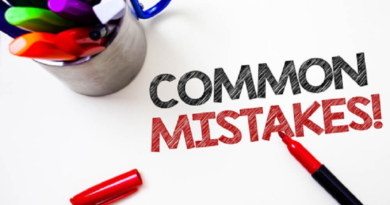An Explanation of Weaving Yarn: Varieties and How to Pick One
We all know that weaving is a way of producing textiles that involves interlacing two unique sets of yarns or strings at right angles to one another in order to create a fabric or cloth. Knitting yarn is often more delicate than weaving yarn, which is why weaving yarn is commonly used in the weaving process. Because it is more substantial and does not have the same degree of pliability as knitting yarn, it is more often used for weaving carpets and tapestries rather than clothing. In the past, this yarn was produced using animal fur or wool; however, contemporary yarn may also be produced using synthetic fibers, cotton, or a combination of the two.
There are yarns that are ideal for knitting socks, thick ribbon yarns that are ideal for bulky knits, and artisan handspun yarns. All of these yarns are now available in a number of types and weights, making it possible to choose the ideal yarn for every project. Additionally, there are a variety of small businesses that provide vegans with hand-painted and organically coloured yarns.
Finding Unique Yarns
When searching for yarns, a smart place to start exploring is at your neighborhood yarn store. People who are vegan or who are sensitive to animal fibers may find cotton and linen yarns at many retailers. This is because many stores provide at least a limited variety of these types of yarns. After that, the greatest place to start searching is on the internet. Take into consideration the variety of yarn that you are interested in purchasing by looking for certain materials or the structure of the yarn, such as boucle, thick and thin, hand painted, hand spun, and so on.
Weaving Yarn Suppliers provides yarns that are of the highest possible quality and are offered in a wide variety of colors that are appropriate for weaving projects. Below you can choose the best variety in weaving yarn
- Cotton Weaving Yarn
This is a natural fiber derived from plants and is one of the most widespread. It is not prohibitively pricey. Due to the fact that it is so smooth, it works well for displaying intricate stitchwork. It has a beautiful drape, but it is not elastic and is prone to breaking in the midst of whatever you are knitting with it.
- Wool Weaving Yarn
Wool, which is one of the most prominent yarns and is spun from the fleece of sheep, can be purchased at affordable prices and is simple to work with. It is a good material for knitwear clothing in the winter because to its durability and resistance to moisture, and it is also a good material for knitwear garments in the summer due to its breathability and capacity to wick away moisture. It is often combined with other types of fibers in a blend in order to increase the product’s durability. Wool is naturally a creamy white tint, and because of this, it can be dyed into a wide variety of colors. Wool has the unfortunate tendency to get fuzzy and pilly over time.
- Silk
This fiber has a “silky” smoothness to it, and it has a beautiful sheen. Due to the fact that it is a more costly fiber, this may be found most often in fine plies. Despite the fact that it is excellent for knitting lace, it is prone to catching and static cling. To compensate for this, we recommend going with a variety that has a tighter spin and a larger number of plies. Silk is often mixed with other fibers to provide a luxuriously smooth texture into the finished product.
Bottom Line
The vast majority of the yarns that come up in a search on the internet or a visit to a local yarn shop are likely to be commonly available yarns that have either been hand painted using chemical dyes, or yarns that come from bigger businesses. Weaving Yarn Suppliers manufactures yarn that is made accessible in a variety of colors and thicknesses, taking into consideration the diverse needs of their customers. This yarn is used for a variety of garments. Spun from cotton using cutting-edge machinery, given yarn from them is of the highest quality.




